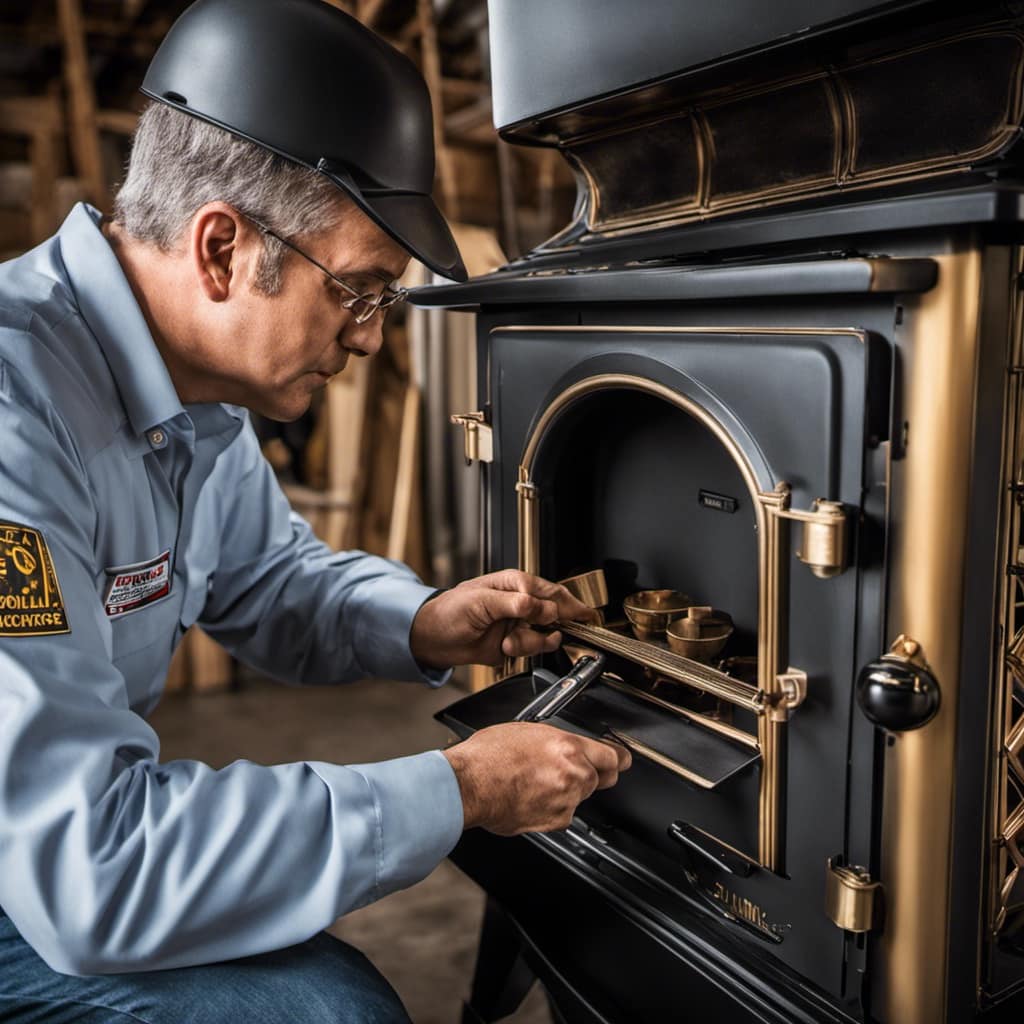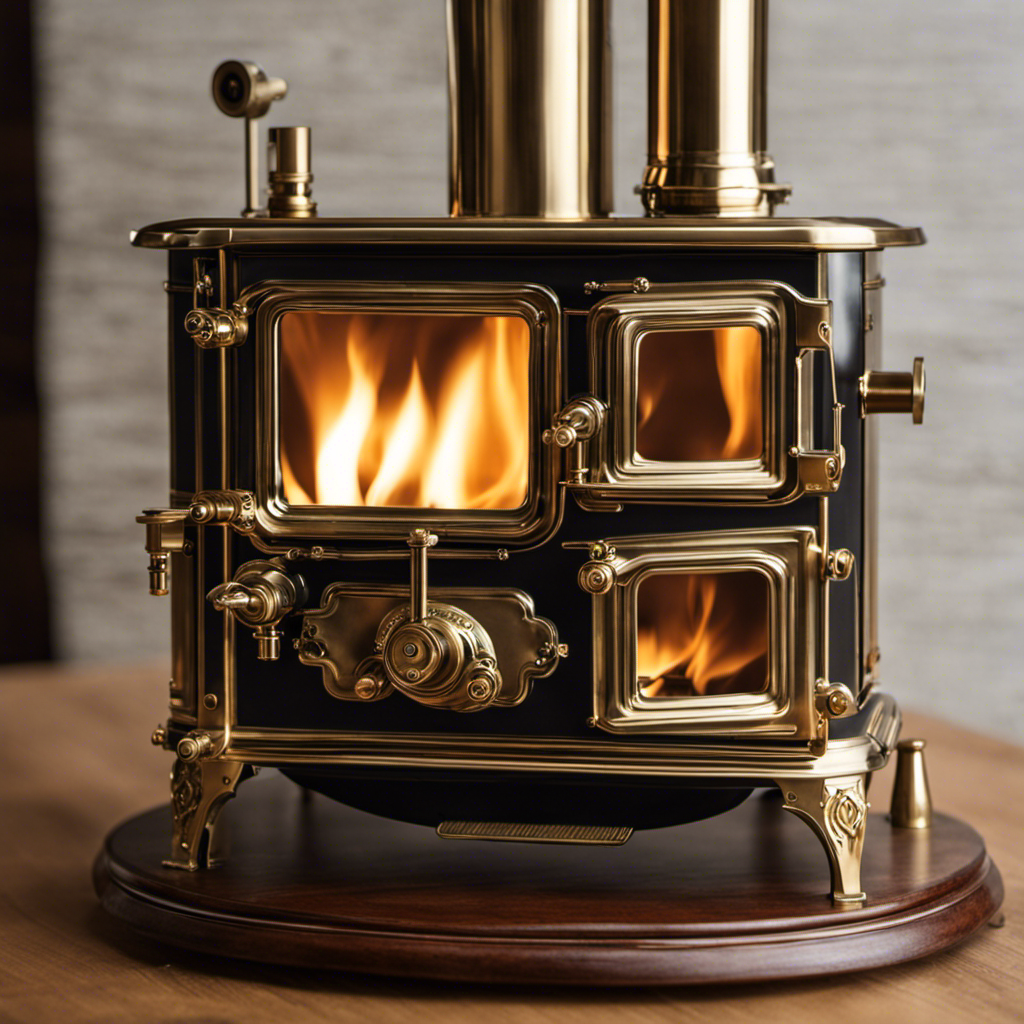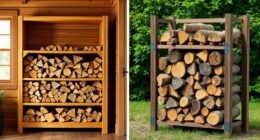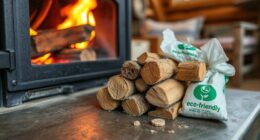I have always enjoyed snuggling up next to a warm fire on cold evenings, but dealing with rust on my wood stove was quite a nuisance. Fortunately, I found a straightforward solution to get rid of that stubborn rust and bring my stove back to its original shine.
In this article, I’ll share with you my step-by-step process for removing rust from a wood stove. With a little elbow grease and the right tools, you’ll be enjoying a rust-free stove in no time.
Key Takeaways
- Inspect the wood stove surface for rust, focusing on joints, seams, and corners.
- Use a wire brush to scrub off the rust, applying firm pressure in small circular motions.
- Apply a rust converter or remover to chemically react with the rust and provide a protective coating.
- Finish with a protective coating such as high-temperature paint, epoxy-based coatings, ceramic coatings, or zinc-rich coatings to prevent future rust formation.
Assess the Extent of the Rust
I need to check how much rust has accumulated on the wood stove. Assessing the extent of the rust is crucial to determine the appropriate course of action.
First, I’ll carefully inspect the surface of the stove, paying close attention to areas prone to rust formation, such as joints, seams, and corners. I’ll look for any signs of rust, including discoloration, pitting, or flaking paint.
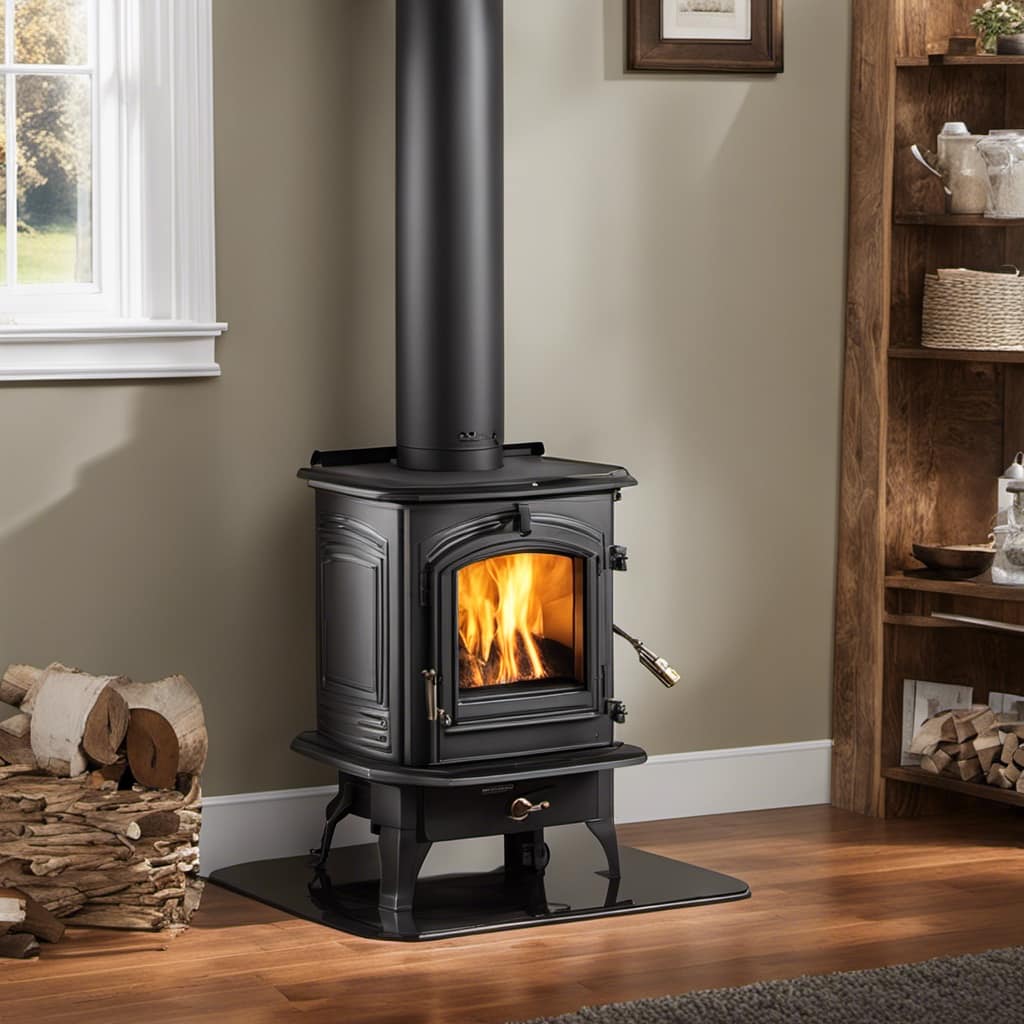
If I find any rust spots, I’ll assess the damage by gently touching them to see if they’re superficial or have caused structural issues. This will help me determine the severity of the rust and the necessary steps to remove it effectively.
Additionally, by assessing the rust damage, I can identify the underlying causes and take preventive measures to avoid future rust formation, such as applying a protective coating or regularly maintaining the stove’s surface.
Prepare the Wood Stove for Rust Removal
To effectively prepare the wood stove for rust removal, I’ll start by thoroughly cleaning the surface with a wire brush and then applying a rust converter to protect against future corrosion.
Cleaning the surface is crucial as it removes dirt, debris, and loose rust, allowing the converter to penetrate the remaining rust more effectively. When using a wire brush, make sure to scrub in the direction of the grain to avoid scratching the surface.

After cleaning, apply the rust converter evenly, following the manufacturer’s instructions. This will chemically react with the rust, converting it into a stable compound that prevents further corrosion. It’s essential to wear protective gloves and work in a well-ventilated area.
Use a Wire Brush to Scrub off the Rust
I’ll use a wire brush and scrub off the rust to restore the wood stove’s surface. Rust can be unsightly and can also affect the functionality of the stove. Here are some effective rust removal techniques that I recommend:
-
Start by cleaning the surface with a mixture of warm water and dish soap. This will remove any dirt or debris.
-
Once the surface is clean, use a wire brush to scrub off the rust. Apply firm pressure and work in small circular motions.
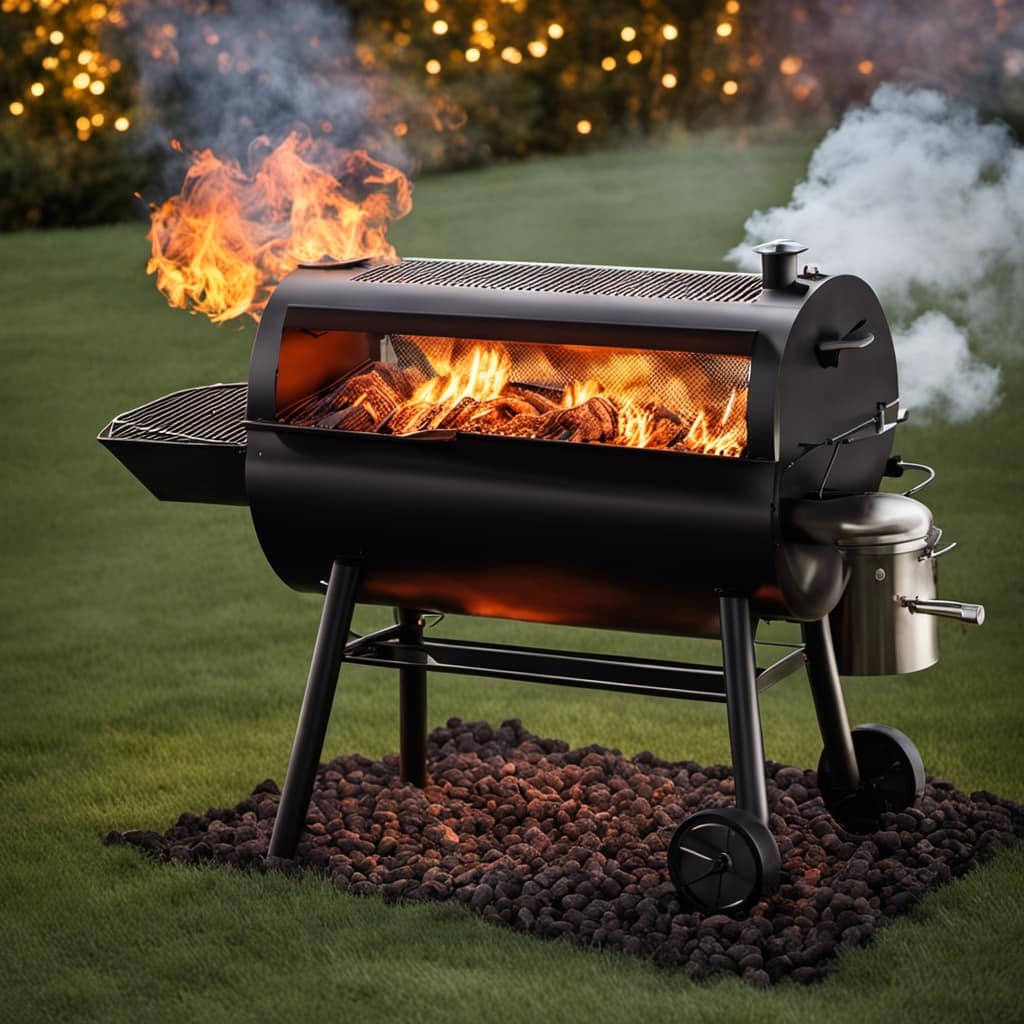
-
If the rust is stubborn, you can use a rust dissolver or vinegar to help loosen it. Apply the solution and let it sit for a few minutes before scrubbing again.
-
After removing the rust, rinse the surface with clean water and dry thoroughly.
-
To prevent future rust, apply a high-temperature paint or stove polish to protect the wood stove’s surface.
Apply a Rust Converter or Remover
Using a rust converter or remover can effectively eliminate rust from the surface of the wood stove. If you prefer a natural option, vinegar can be used as a rust remover. Simply soak a cloth in vinegar and apply it to the rusted areas. Let it sit for a few hours, then scrub off the rust with a wire brush.

Vinegar’s acidity helps break down the rust, making it easier to remove. However, for more stubborn rust or larger areas, using a professional rust converter can be beneficial. These products contain chemicals that convert the rust into a stable compound, preventing further corrosion. They also provide a protective coating, extending the life of your wood stove.
Remember to wear gloves and work in a well-ventilated area when using any rust removal products.
Finish With a Protective Coating for Long-Lasting Rust Prevention
I can apply a protective coating on the wood stove for long-lasting rust prevention. There are several protective coating options available that offer different benefits for long-lasting rust prevention. Here are five options to consider:
-
High-temperature paint: This type of coating is specifically designed to withstand the extreme heat of a wood stove and provides excellent rust protection.
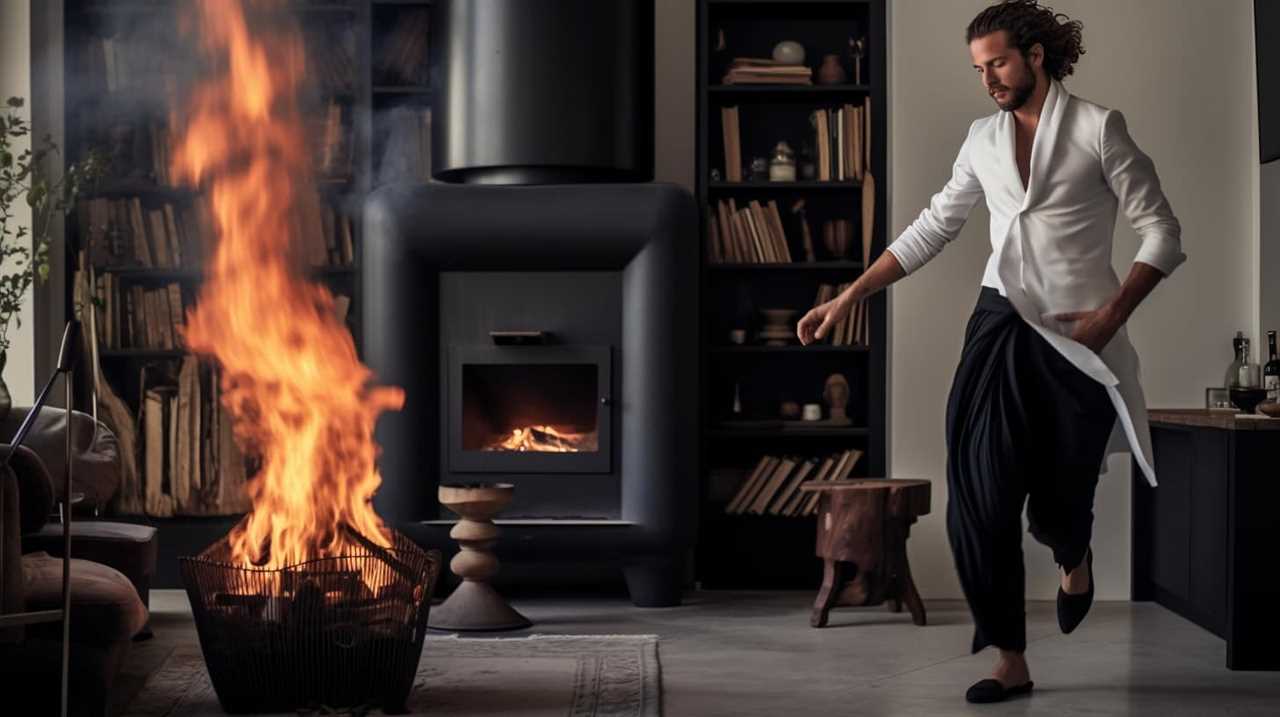
-
Epoxy-based coatings: These coatings create a durable, moisture-resistant barrier that prevents rust from forming on the surface of the wood stove.
-
Ceramic coatings: Known for their high heat resistance, ceramic coatings offer long-lasting rust prevention and can withstand the intense temperatures of a wood stove.
-
Zinc-rich coatings: These coatings contain a high concentration of zinc, which acts as a sacrificial layer, protecting the wood stove from rust by corroding in its place.
-
Powder coatings: Powder coatings provide a tough and durable finish that protects the wood stove from rust, scratches, and other damage.
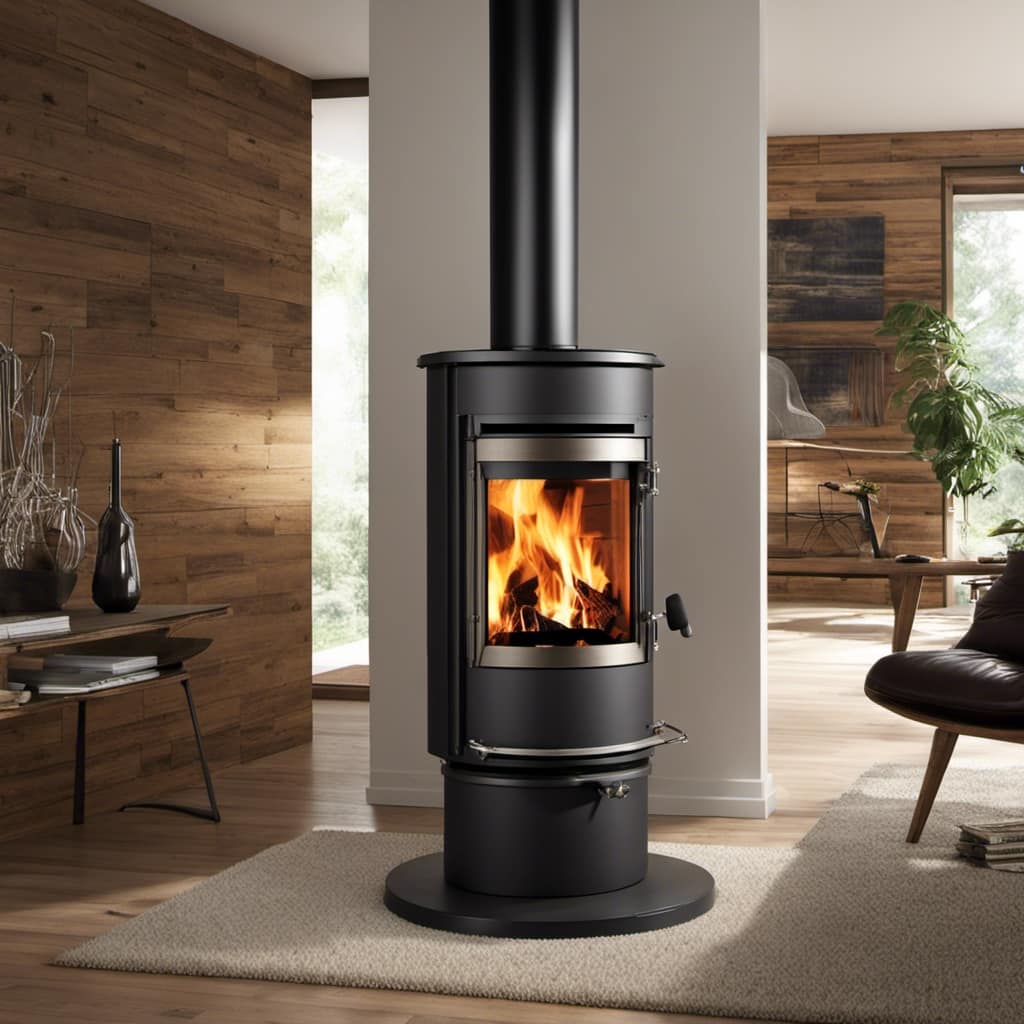
The benefits of using a protective coating for long-lasting rust prevention are numerous. Not only does it extend the lifespan of your wood stove, but it also helps maintain its aesthetic appeal. Additionally, a coated wood stove is easier to clean and maintain, reducing the time and effort required for upkeep.
Frequently Asked Questions
Can I Use Regular Soap and Water to Clean off Rust From a Wood Stove?
Regular soap and water alone may not be effective in removing rust from a wood stove. However, using vinegar as a natural rust remover can be highly effective. Let me explain the best techniques for removing rust from a wood stove.
Will Using a Wire Brush Damage the Surface of the Wood Stove?
Using a wire brush on my wood stove did not damage the surface. It effectively removed rust without scratching. Just be sure to use gentle, even strokes and follow up with a protective coating.
How Often Should I Apply a Rust Converter or Remover to My Wood Stove?
When it comes to removing rust from a wood stove, the frequency of applying a rust converter or remover depends on the severity of the rust. Generally, it can take a few hours to a few days for the converter to work effectively. Vinegar can also be used as a natural rust remover.
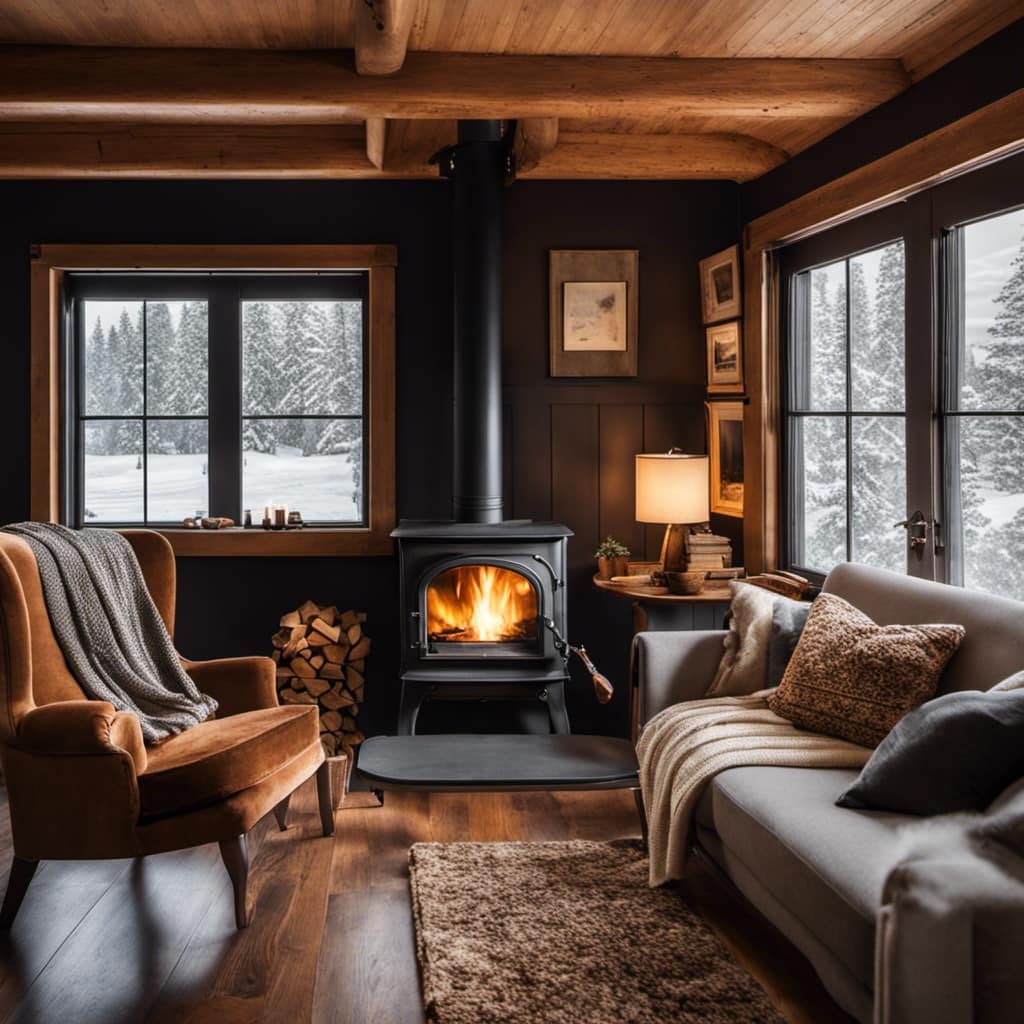
Can I Use Any Type of Protective Coating for Rust Prevention on My Wood Stove?
I can choose from various protective coating options to prevent rust on my wood stove. Additionally, there are alternative methods available for rust prevention. It’s important to consider the best option for long-lasting protection.
Is It Necessary to Remove All the Rust Before Applying a Rust Converter or Remover?
Removing rust before applying a rust converter or remover is crucial. It ensures proper adhesion and effectiveness of the product. By removing the rust, you create a clean surface for the converter or remover to penetrate and eliminate any remaining rust.
Conclusion
In conclusion, removing rust from a wood stove is a simple yet important task to maintain its functionality and longevity.
Did you know that according to a recent study, rust can reduce the efficiency of a wood stove by up to 20%?
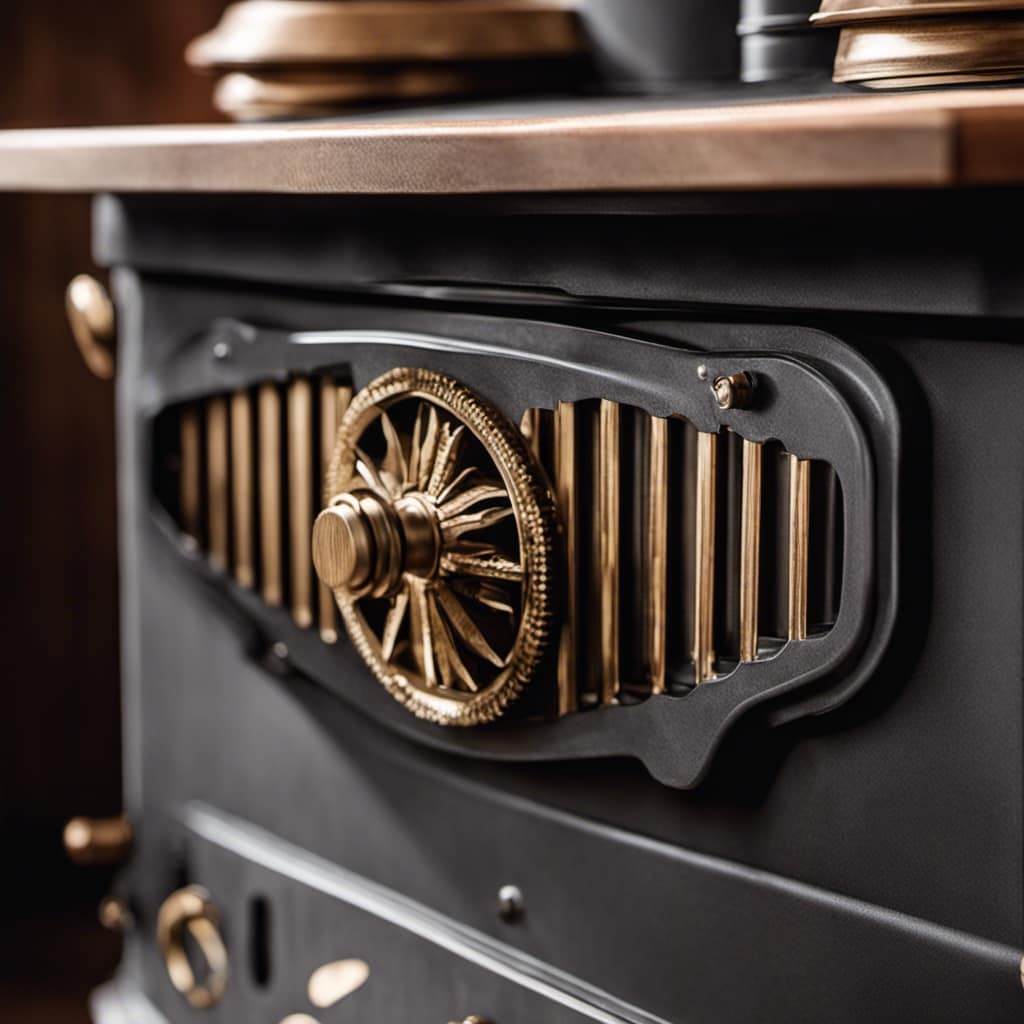
By following the steps outlined in this article, you can easily restore your wood stove and ensure it continues to provide warmth efficiently for years to come.
Growing up surrounded by the vast beauty of nature, Sierra was always drawn to the call of the wild. While others sought the comfort of the familiar, she ventured out, embracing the unpredictable and finding stories in the heartbeat of nature.
At the epicenter of every remarkable venture lies a dynamic team—a fusion of diverse talents, visions, and passions. The essence of Best Small Wood Stoves is crafted and refined by such a trio: Sierra, Logan, and Terra. Their collective expertise has transformed the platform into a leading authority on small wood stoves, radiating warmth and knowledge in equal measure.





